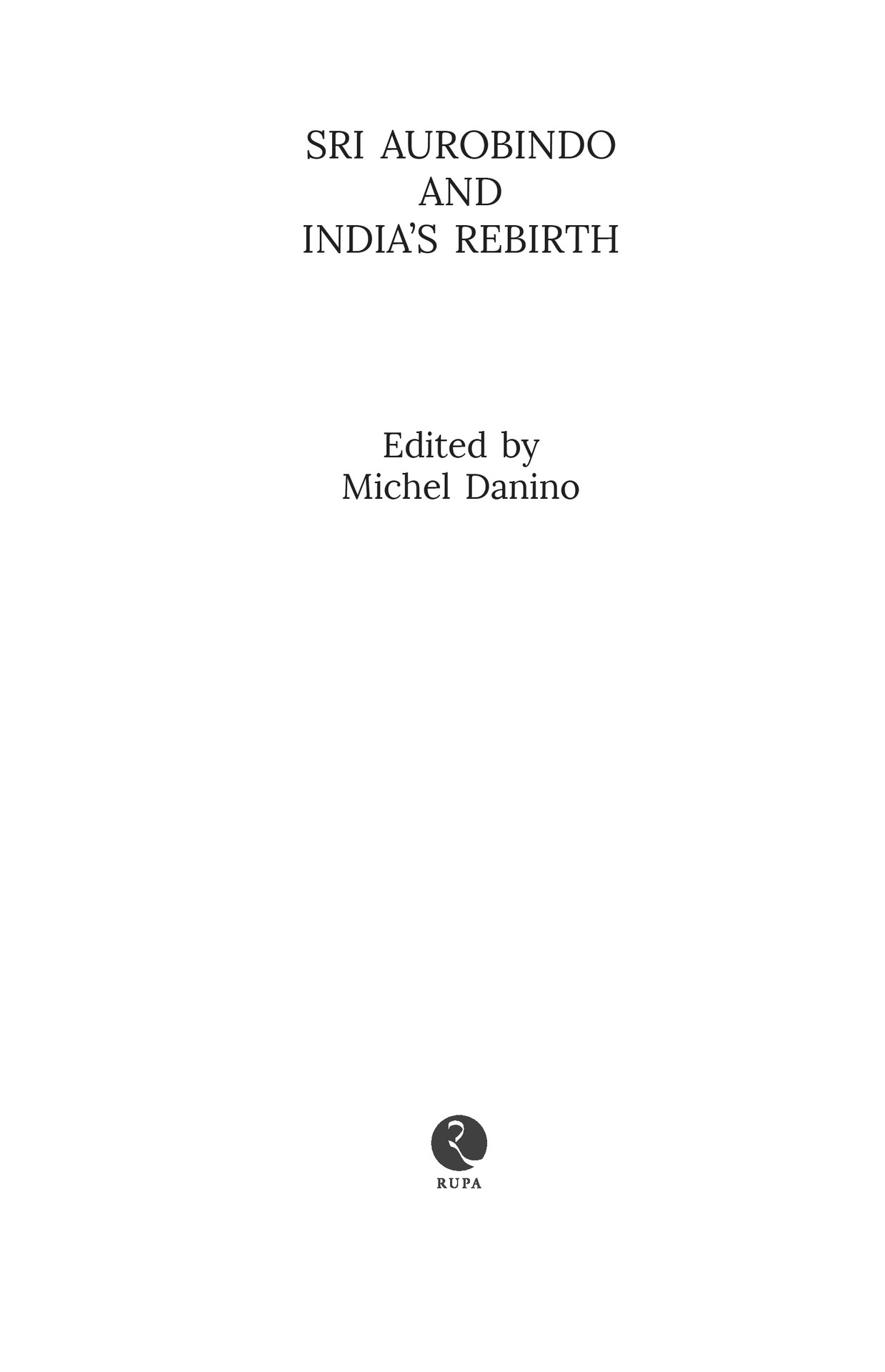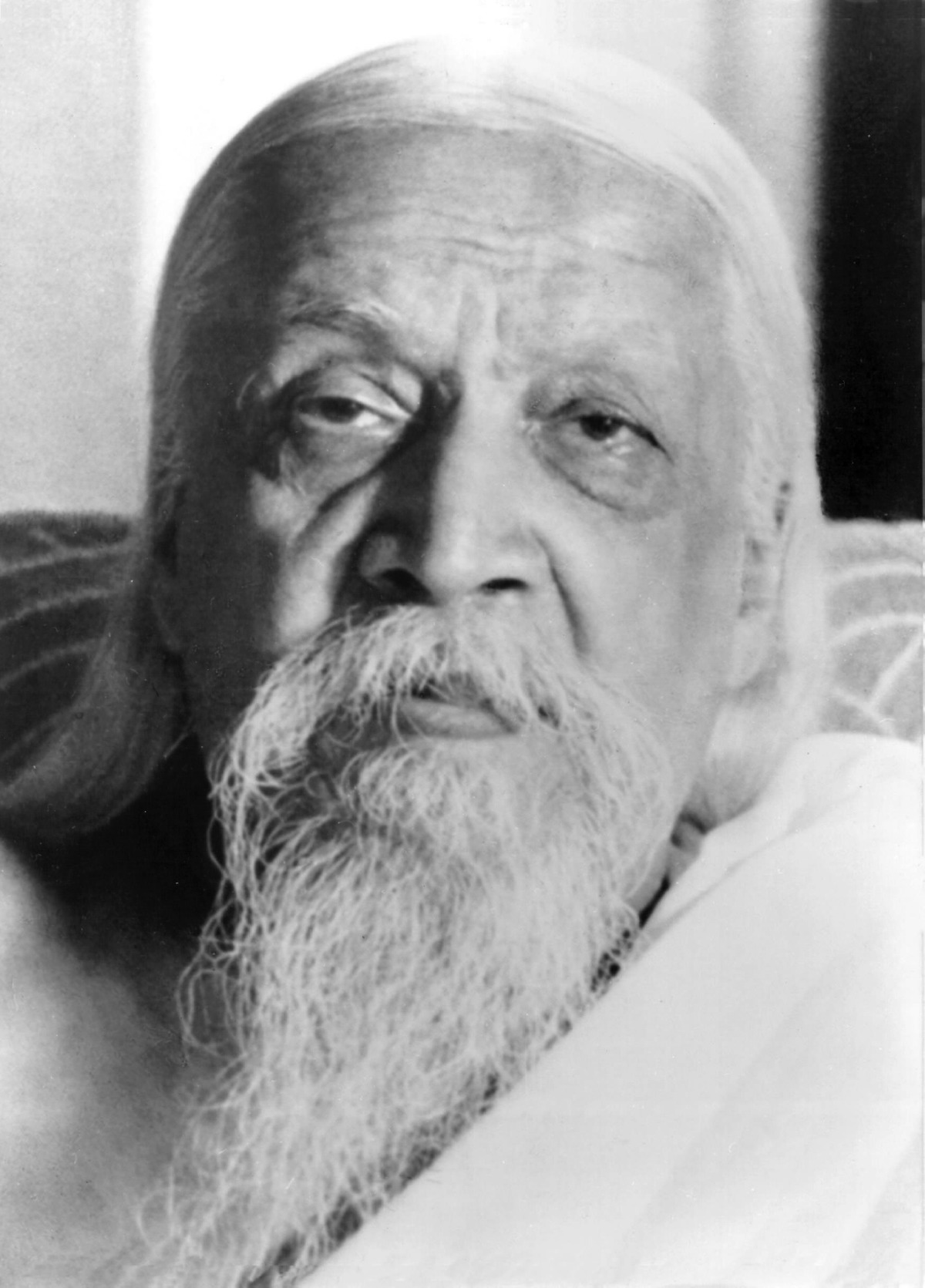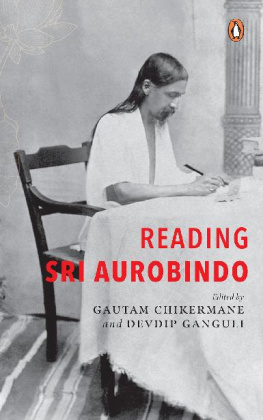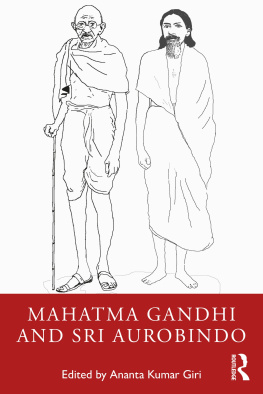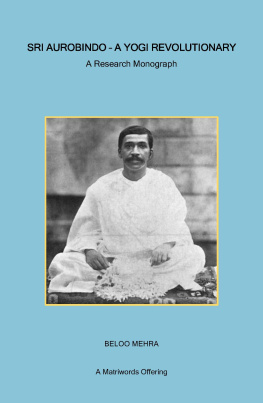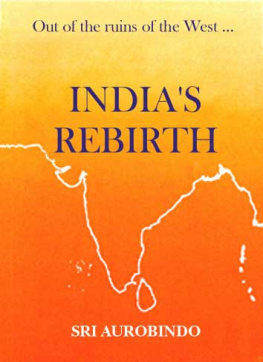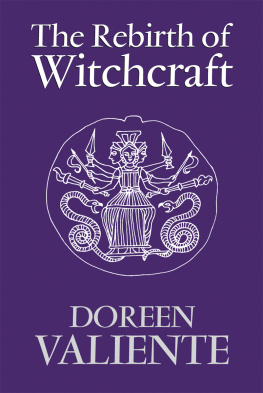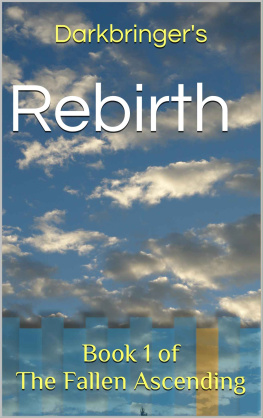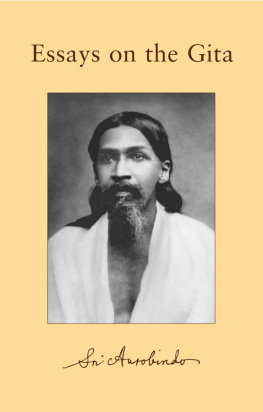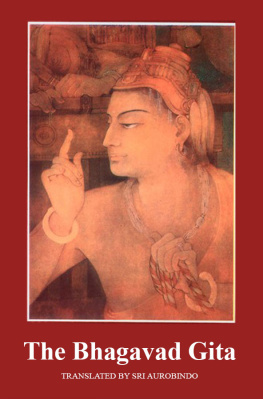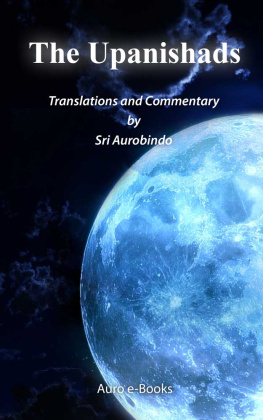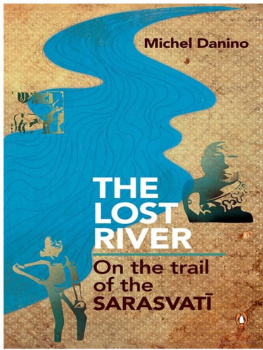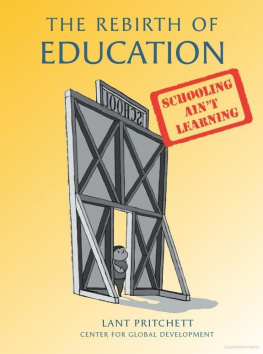SRI AUROBINDO
AND
INDIAS REBIRTH
Michel Danino is a French-born Indian author and scholar who, since 2011, has taught at the Indian Institute of Technology, Gandhinagar, where he also assists its Archaeological Sciences Centre. He received the Padma Shri in 2017 for his contribution to literature and education.
Danino translated ten of the thirteen volumes of Mothers Agenda from French to English and edited India the Mother, among other titles. Studying the roots of Indian civilization, he authored The Lost River: On the Trail of the Sarasvati (Penguin India, 2010), a multidisciplinary study of the Vedic Sarasvati river, and Indian Culture and Indias Future (DK Printworld, 2011). He was also co-editor, with Professor Kapil Kapoor, of a two-volume textbook, Knowledge Traditions and Practices of India , for a CBSE elective course for class XI and XII.
For a few decades, Danino was involved in forest conservation, first in the Nilgiris of Tamil Nadu, and more recently in the foothills of the Western Ghats near Coimbatore. Currently residing at IIT Gandhinagar, he has tried to spread awareness on the looming environmental crisis.
Published by
Rupa Publications India Pvt. Ltd 2018
7/16, Ansari Road, Daryaganj
New Delhi 110002
Sales centres:
Allahabad Bengaluru Chennai
Hyderabad Jaipur Kathmandu
Kolkata Mumbai
Copyright Michel Danino 2018
The views and opinions expressed in this book are the authors own and the facts are as reported by him which have been verified to the extent possible, and the publishers are not in any way liable for the same.
All rights reserved.
No part of this publication may be reproduced, transmitted, or stored in a retrieval system, in any form or by any means, electronic, mechanical, photocopying, recording or otherwise, without the prior permission of the publisher.
ISBN: 978-81-291-xxxx-x
First impression 2018
10 9 8 7 6 5 4 3 2 1
The moral right of the author has been asserted.
This book is sold subject to the condition that it shall not, by way of trade or otherwise, be lent, resold, hired out, or otherwise circulated, without the publishers prior consent, in any form of binding or cover other than that in which it is published.
To India,
the ancient Mother;
to Sri Aurobindo,
who saw her reborn
Contents
Photos
All images from the editor's collection.
Sri Aurobindo in 1950
Editors Note
This book presents Sri Aurobindos vision of India as it grew from his return from England in 1893 to his political days in the first decade of the century and, finally, to his forty-year-long withdrawal from public view, during which he plunged into his real work of evolutionary action.
The material (part of which was published in an earlier work) is drawn mainly from Sri Aurobindos speeches and articles during his political days, his written works, letters, messages, as well as talks with disciples. The last were noted by a few disciples from memory and may not constitute an exact record. Although Sri Aurobindo did not intend to have them published during his lifetime, they have considerable historical value.
It is important, in fact, to keep in mind the historical context of Sri Aurobindos statements; hence the Timeline that follows the Introduction, the editorial notes and footnotes.
Diacritical marks for Sanskrit words have generally not been applied to proper names or words which have passed into common language (such as Vedanta, dharma or Swaraj). When applied, keeping the lay reader in mind, a simplified, hybrid system has been used, in which and have both been transliterated as sh, c as ch, as ri. Long vowels and hard consonants have been marked in the usual way, i.e., with a macron and a dot below, respectively (e.g., shstra, puya ). Barring the occasional addition of diacritical marks, and some minor editing of the transcriptions of the talks with disciples, Sri Aurobindos spellings and punctuation have been left unchanged.
My gratitude to my companion Nicole for her unstinted assistance (right from the preparation of the earlier work). Thanks are due to Elina Majumdar of Rupa Publications for her guidance and advice.
Indias Rebirth . Paris: Institut de Recherches volutives; Mysore: Mira Aditi, 3rd edn, 2000.
Introduction
Sri Aurobindo has been variously hailed as a philosopher, yogi, saint or maharishi (seer). His role in Indias national awakening that followed the 1905 Partition of Bengal by the colonial powers is often cursorily mentioned in history books, but rarely given the place it deserves. Perhaps Sri Aurobindo himself is partly to blame for this eclipse: as he admitted later in letters to his disciples, he preferred to remain behind the curtain, push people without their knowing it and get things done. Nevertheless, the bulk of his articles in Bande Mataram and Karmayogin has long been made available, but rarely mined. An exception was by the noted twentieth-century historian R.C. Majumdar, who saw in him the high-priest of the new cult of [Indian] nationalism.
Sri Aurobindos concern for India, her liberation from colonial shackles but, even more, for her post-liberation reconstruction and her place in the world, did not cease after he turned to a spiritual lifea phrase he used with caution, if not reluctance, since his vision of spirituality was by no means a renunciation of worldly life or world-negating asceticism. For some years after his withdrawal to Pondicherry (now, Puducherry) in 1910, he remained closely in touch with some of his former fellow revolutionaries. However, his vision of India outgrew the then-prevailing political context: he was now concerned with much more than a nation in the current sense of the term. Capturing this evolution of Sri Aurobindos vision, right from his student days in England, is the reason behind the chronological order in which excerpts have been presented in this book.
Inevitably, Sri Aurobindo deals with a number of contentious issues, and always in his own forthright style (We have strong things to say; let us say them strongly.). His comments on personalities such as Jawaharlal Nehru, Subhash Chandra Bose, and many others would not be expected from a conventional spiritual figure. And although he himself had spelt out in Bande Mataram the ideals of Swaraj and Swadeshi and the doctrine of passive resistance more than a decade before Gandhi, he disagreed with the latters method to attain freedom and, in particular, his insistence on Ahimsa (non-violence) as the national creed. He was also highly critical of Gandhis support to the Khilafat movement which, he predicted, could only end in hardening the division between Hindus and Muslims. A number of excerpts highlight these differing standpoints, which reach a climax on the issues of Indias participation in World War II and the acceptance of Crippss proposal of 1942both of which Sri Aurobindo whole-heartedly supported, privately as well as through public messages, while Mahatma Gandhi opposed them. At bottom was a sharp contrast in interpreting the ancient concept of Kshatriya Dharma as spelt out in the Bhagavad-Gt: in Sri Aurobindos view (which he shared with his fellow freedom fighters, such as Bal Gangadhar Tilak or Bipin Chandra Pal), the use of force was perfectly justified if the cause was in accordance with Dharma; cases in point included the struggle for Independence, or World War II, during which Mahatma Gandhi appealed to the British, in the name of Ahimsa, to lay down their arms before the advancing German army. Sri Aurobindo, in his own words, was neither an impotent moralist nor a weak pacifist.

